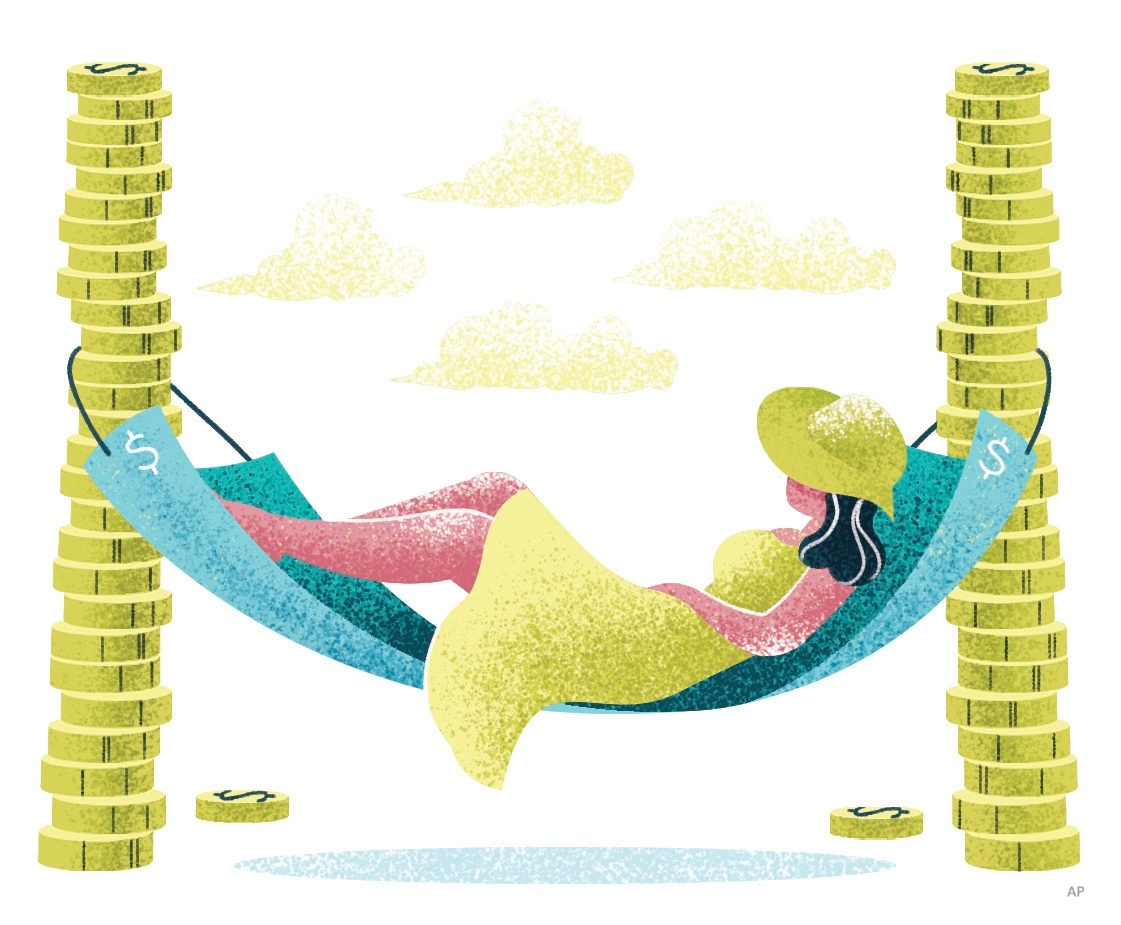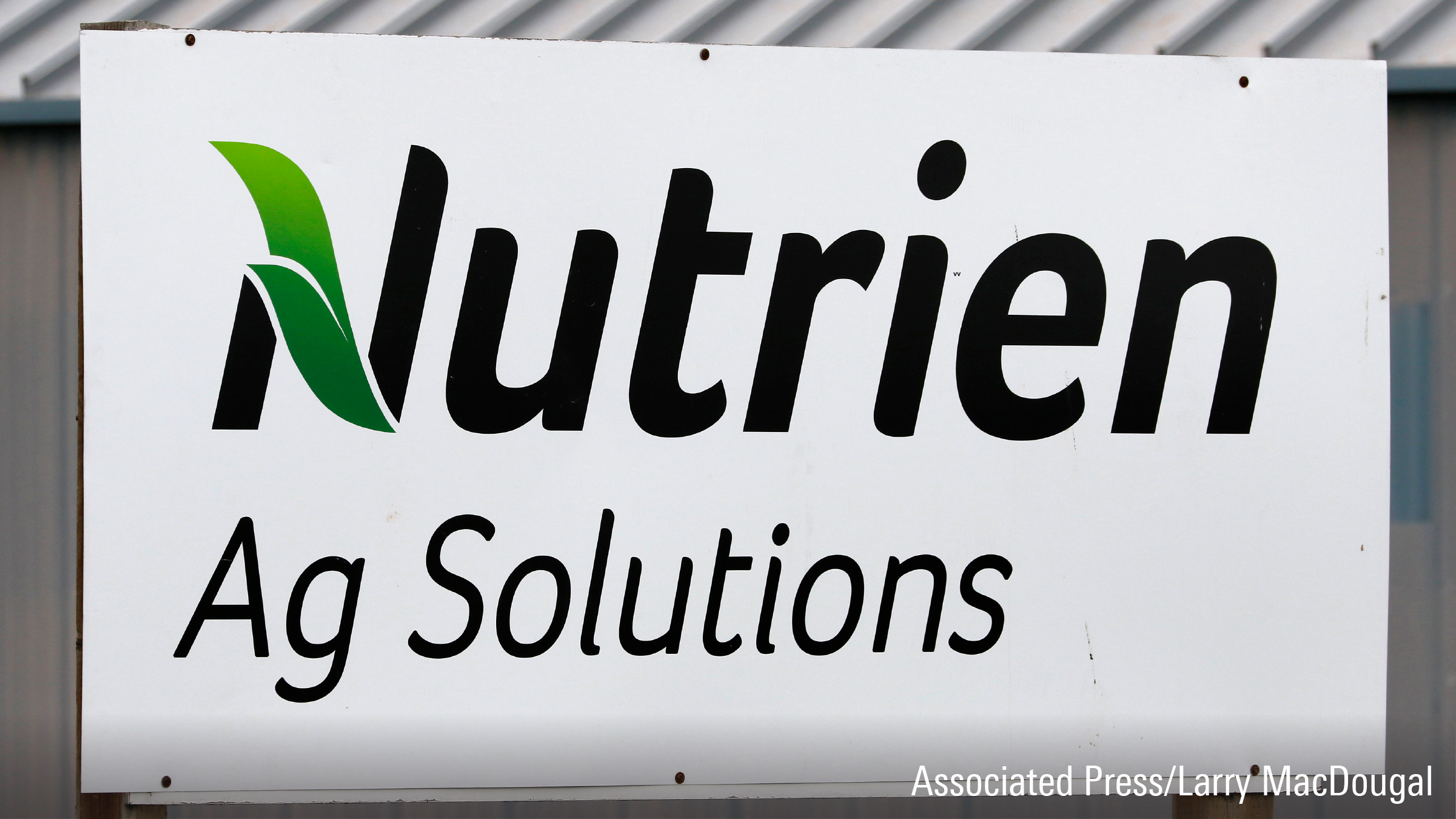
Saddled with monumental household debt, millions of Canadians are caught in a crossfire of crippling mortgage payments, and saving for retirement. According to the most recent Statistics Canada figures, the debt-to-income ratio among Canadian households has jumped to a historic 184.6% of disposable income, the highest of any G7 country.
As the Bank of Canada continued to hike its key policy rate, the cost of borrowing, including mortgages saw a sharp and sizeable increase throughout 2023. As a result, most Canadians are confronted with a daunting choice: should they prioritize building retirement funds within an RRSP, or focus on chipping away at colossal mortgage debt?
Forced Savings Vs Funding RRSP
There are two ways of looking at it:
- Can you earn more on your investments than your current mortgage rate? Or,
- If mortgage rates are low (or moderately high,) do you find the idea of paying down your mortgage balance quicker and saving on interest costs more appealing?
The implication is, as interest rates climb, a greater portion of your mortgage payments is paying interest costs, leaving less to contribute to the growth of your home equity.
However, experts say there is more to financial planning than short-term implications of the decision. Cash management, tax considerations, investment planning, and retirement are all in the mix in such a scenario. Managing your cash flow effectively comes down to financial discipline. For many individuals, investing in a home through a mortgage serves as a form of forced savings over time.
Furthermore, it is crucial to consider whether accelerating mortgage payments will result in the extra cash flow being allocated towards disciplined saving for retirement. This is a serious consideration since relying solely on a mortgage-free home and government benefits (OAS and CPP) for retirement income may result in having to sell the house to fund retirement.
Those who lack financial discipline may want to prioritize funding their RRSPs. For the more disciplined, though, paying down the mortgage may be more preferable. When mortgage obligations are settled, a considerable amount of free cash flow opens, providing the opportunity to boost retirement savings.
What is the Rate of Return?
Individuals must weigh return on investment when choosing between making a payment toward your mortgage versus contributing to an RRSP. Paying off mortgage is a no-brainer in a low interest rate environment. It is argued that in a low-interest-rate environment, the return on investment from paying down a mortgage can be considered similar to a "guaranteed" return, as it effectively reduces the amount of interest paid over the life of the loan. This ‘mortgage rate of return’ may be comparatively higher than the returns from other investments, such as equities and bonds. Paying down the mortgage, in this instance, picks itself.
Here’s a back-of-the-envelope calculation to illustrate how much money is saved on interest over the life of a mortgage. For example, with a lump sum payment of $50,000 made at the beginning of the mortgage term could result in guaranteed interest savings of more than $62,000, assuming 5% mortgage interest rate on a mortgage amount of $1,000,000 to be paid over 25 years.
Moreover, there’s the consideration of the potential for tax-free capital appreciation, when compared to making the RRSP contribution with non-guaranteed rates of returns. It must be noted that capital gains on a home are tax-free, because of the principal residence exemption.
Tax-Advantaged RRSP Withdrawal Strategies
None of this is to suggest that RRSPs doesn’t have their own benefits, particularly for higher income earners. If the individual is in a high tax bracket, it may make sense to contribute to the RRSP and allowing the funds to grow in value. They will be in a lower tax bracket when they retire and need to withdraw funds. RRSP withdrawals are considered taxable income and but there are strategies to minimize the tax impact:
- Timing: To avoid moving into higher tax bracket, withdraw funds based on your income needs and marginal tax rate. If you withdraw too much from your RRSP in a given year, the additional income could pull you into a higher tax bracket, resulting in a bigger tax bill. Spread the withdrawals over several years to reduce your annual taxable income.
- Make the most of tax bracket: If you're in the middle or lower end of a tax bracket and need more money, consider taking it from taxable sources such as RRIFs and life income funds (LIFs). The idea is to withdraw just enough so that you remain within your current tax bracket, even after the additional income from the withdrawal.
- Pension income splitting: Spouses and common-law partners can choose to split their eligible pension income if they meet certain requirements. This strategy can be beneficial if one partner has a larger pension than the other, as it can reduce the overall tax burden for the couple. The individual who receives higher pension income may transfer up to 50% of their pension to their spouse.
- Tap the TFSA: As the name suggests, money saved within, and drawn from, a tax-free savings account (TFSA) is not considered taxable income and does not reduce your Guaranteed Income Supplement (GIS), whereas income from RRSP withdrawals could potentially shrink the amount of GIS you receive.
- Early withdrawal penalties: Early withdrawal from RRSPs can result in two main types of penalties: withholding tax and loss of contribution room. If you withdraw funds from your RRSP, a withholding tax is imposed by the government. The tax amount depends on the amount withdrawn and where you live.
Another penalty comes in the form of loss of contribution room. There is a limit to the amount you can contribute to your RRSP. For 2023, that limit was 18% of your pre-tax income up to $30,780. Once you withdraw funds, you lose that contribution room permanently. This reduces the potential to grow investments over time.
Don’t Forget About Unused Contribution Room
An important thing to note when deciding between funding RRSP versus paying down debt is the fact that if you are unable to contribute to your RRSP one year, your contribution room carries over to the following year.
Similarly unused contributions, not to be confused with contribution room, in previous years can be deducted from your income the following year to lower taxable income. Unused RRSP contributions refer to the amount you contributed to your RRSP but did not deduct on your previous income tax return.
A common tax strategy employed by Canadians is choosing not to deduct RRSP contributions for the year their taxable income is low and carry forward unused contribution to a future year if they expect their income to rise significantly.
What is Peace of Mind Worth to You?
For those who can’t afford to contribute to their retirement fund as well as pay down their mortgage, the psychological advantage of being debt-free may trump funding their RRSPs.
Apart from offering peace of mind, this would help to mitigate burgeoning debt, and provide a cushion against the effects of unforeseen contingencies such as job loss, increasing mortgage rates, and life events including accidents, disability or death.
The views expressed in this article are the author's.





:quality(80)/cloudfront-us-east-1.images.arcpublishing.com/morningstar/6ZMXY4RCRNEADPDWYQVTTWALWM.jpg)
:quality(80)/cloudfront-us-east-1.images.arcpublishing.com/morningstar/UEGBDMVEKZHSPOTU7BXUZMQEQA.jpg)
:quality(80)/cloudfront-us-east-1.images.arcpublishing.com/morningstar/MNPB4CP64NCNLA3MTELE3ISLRY.jpg)
:quality(80)/cloudfront-us-east-1.images.arcpublishing.com/morningstar/G3DCA6SF2FAR5PKHPEXOIB6CWQ.jpg)











